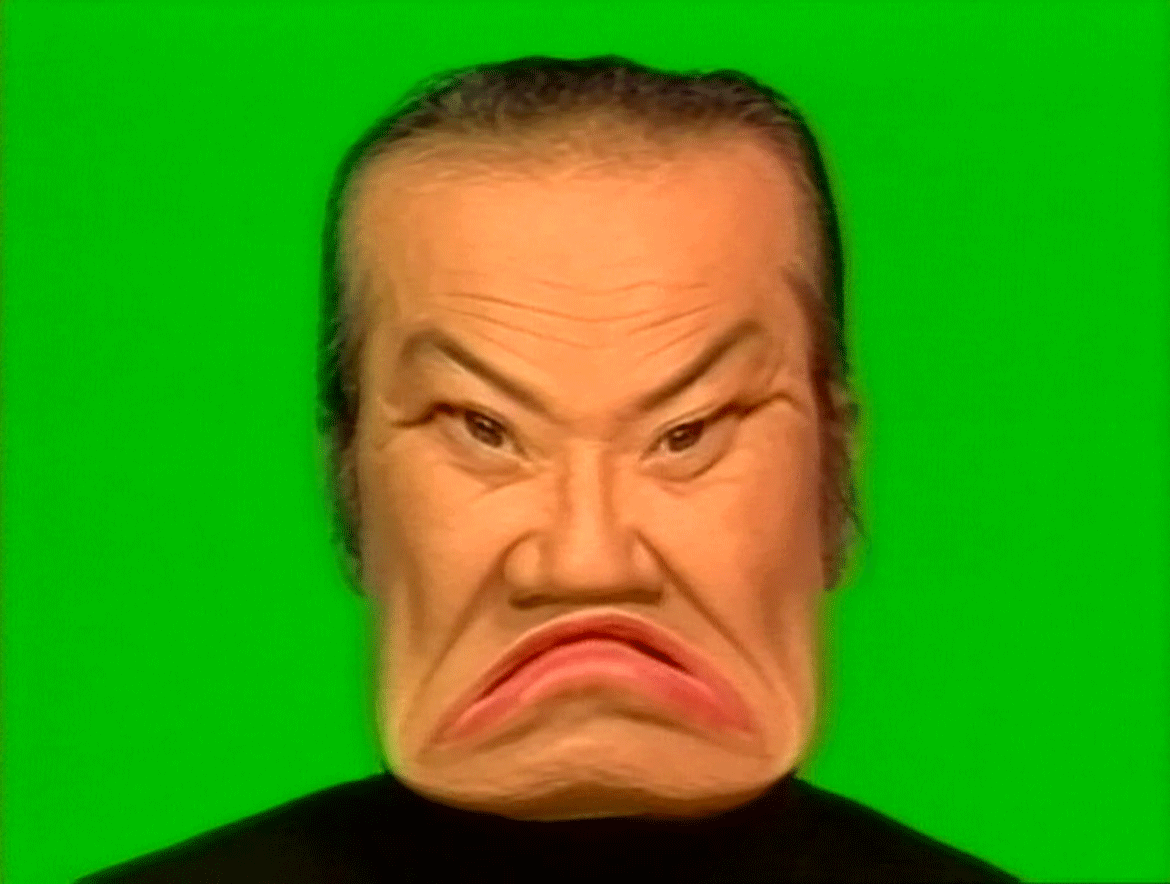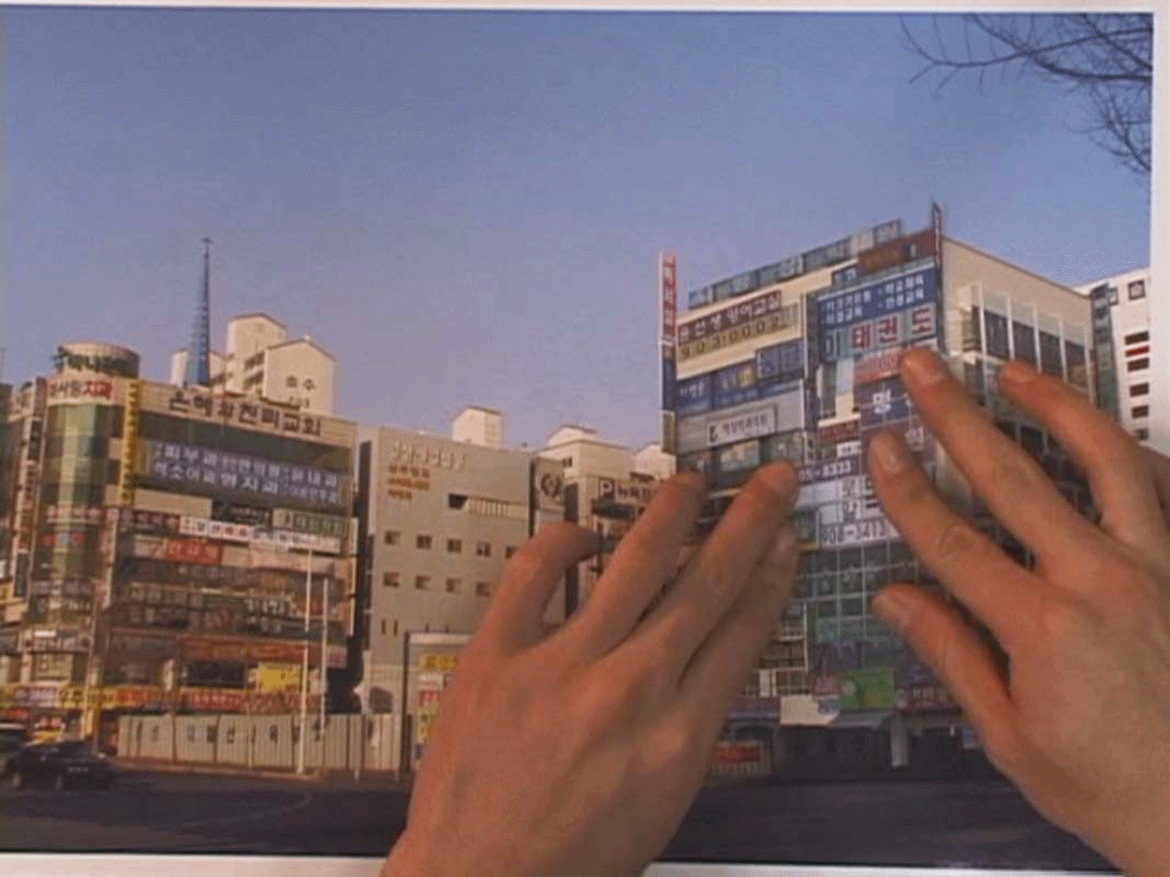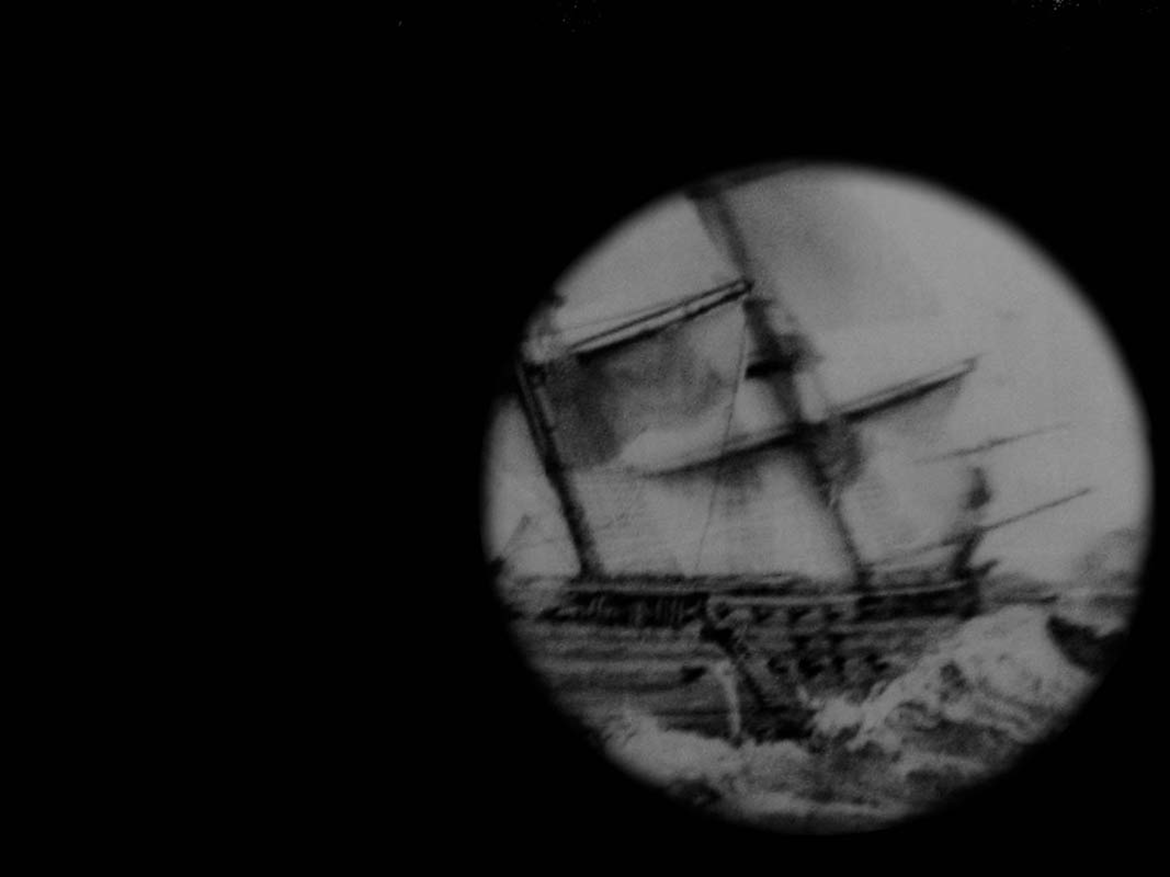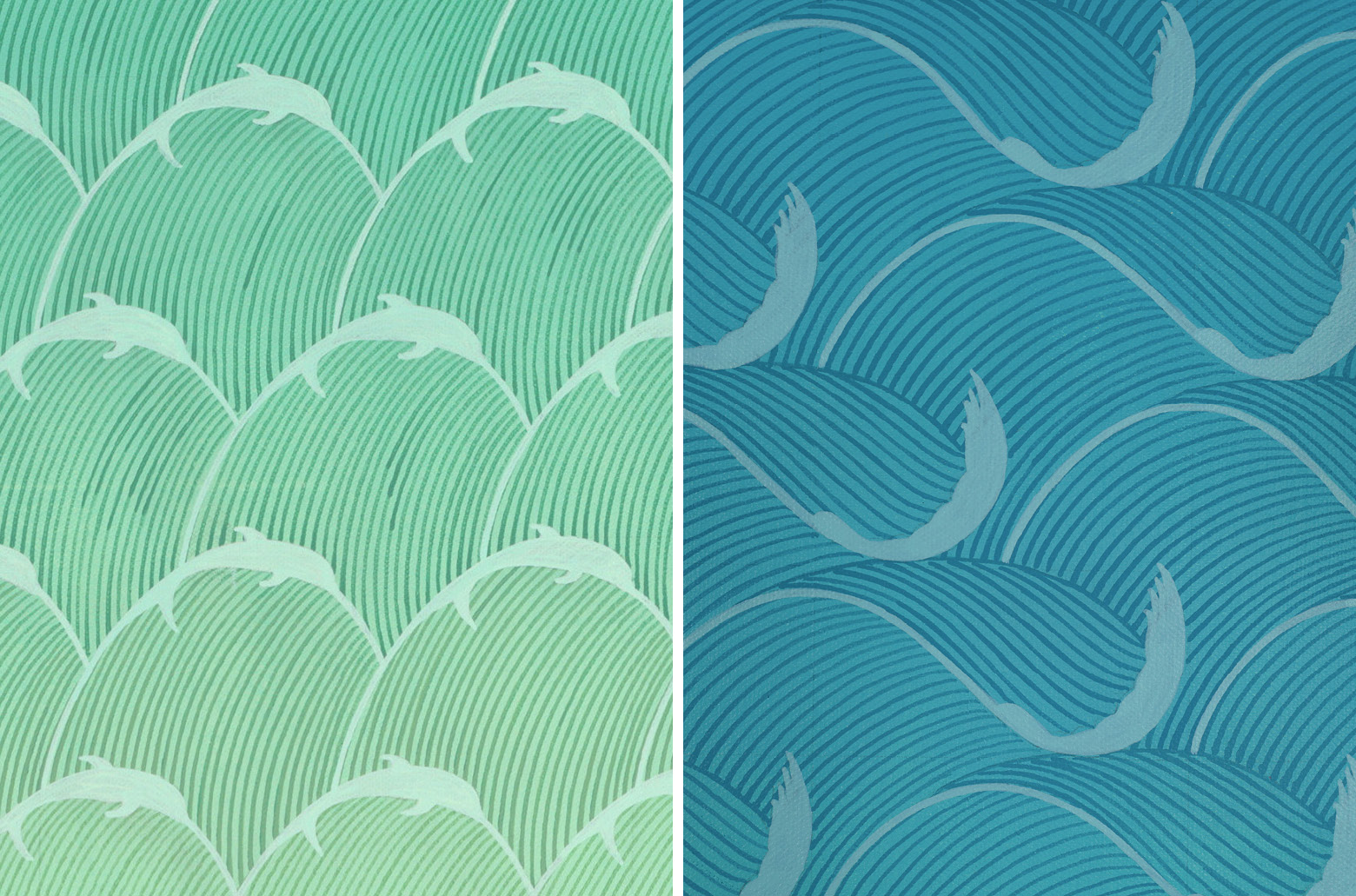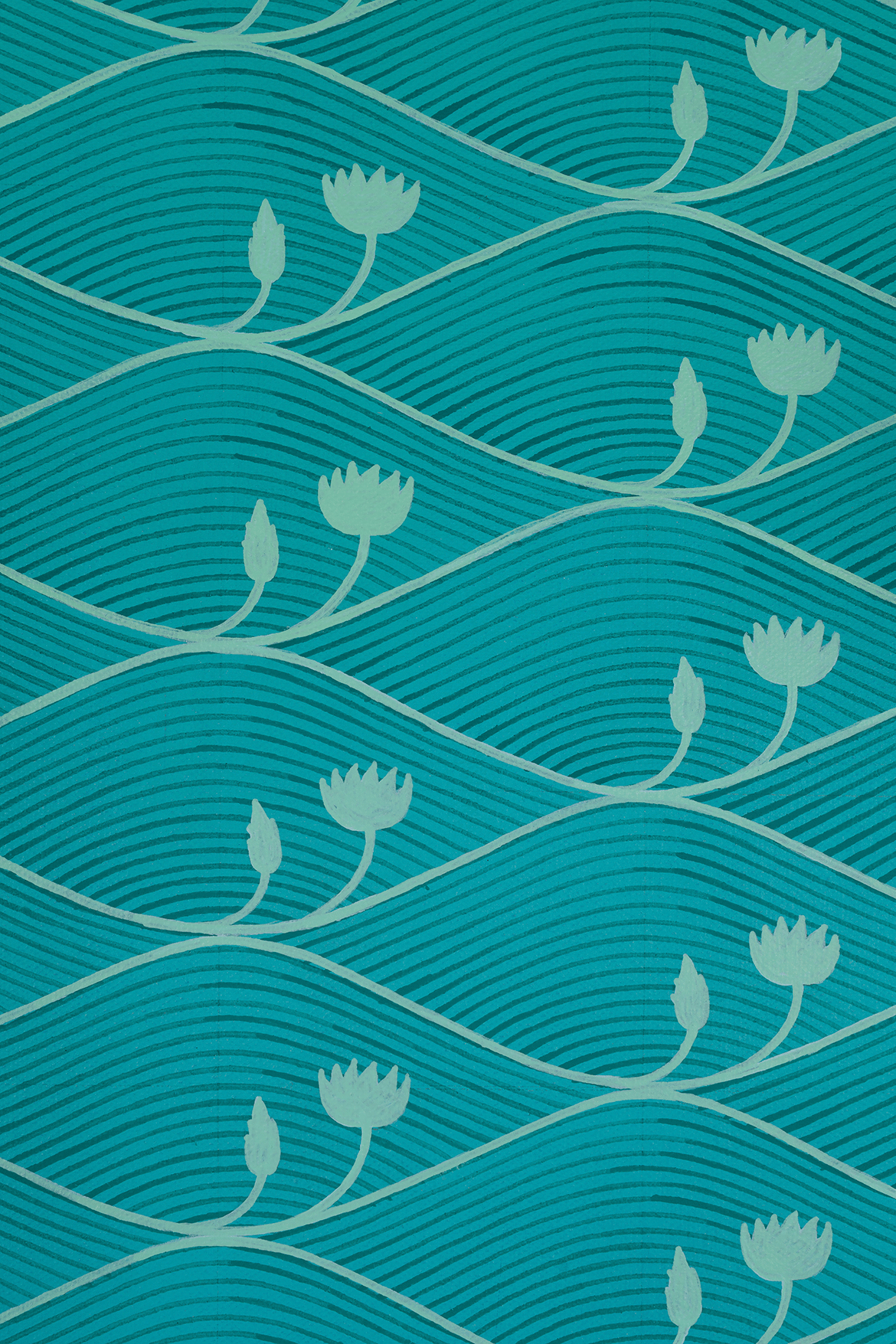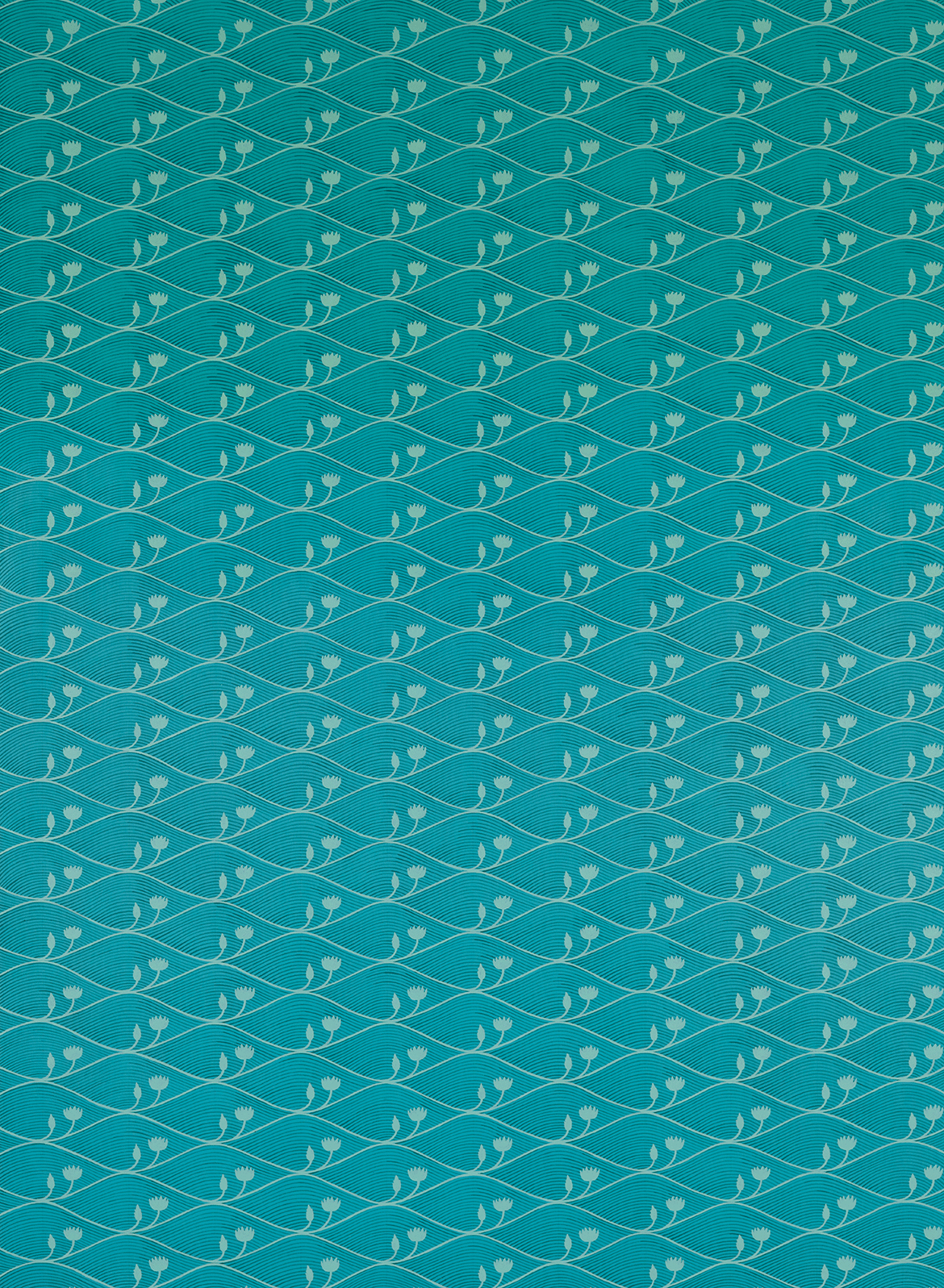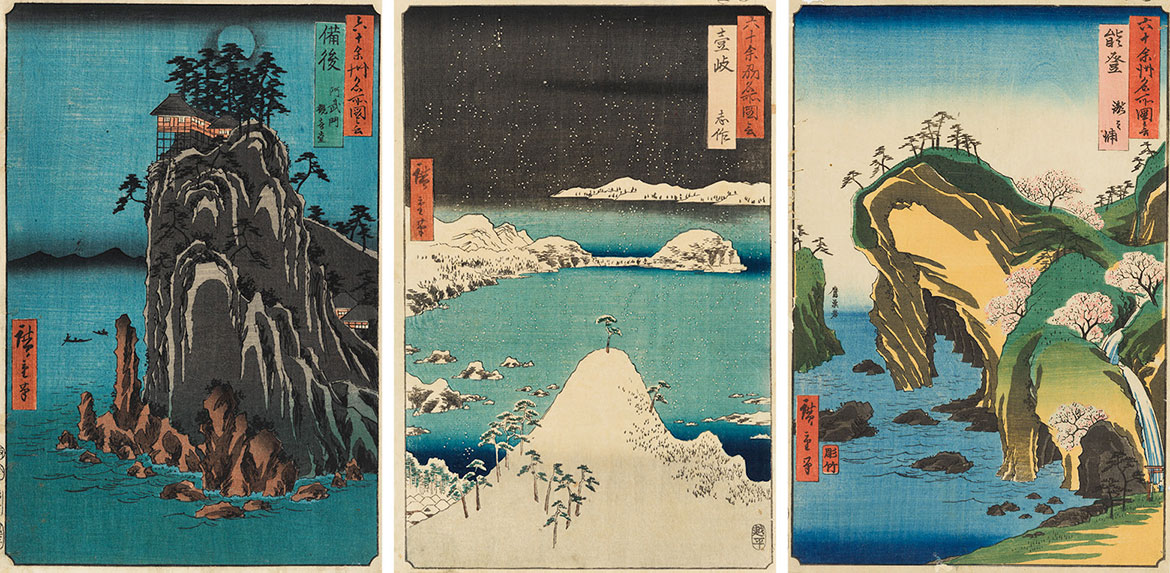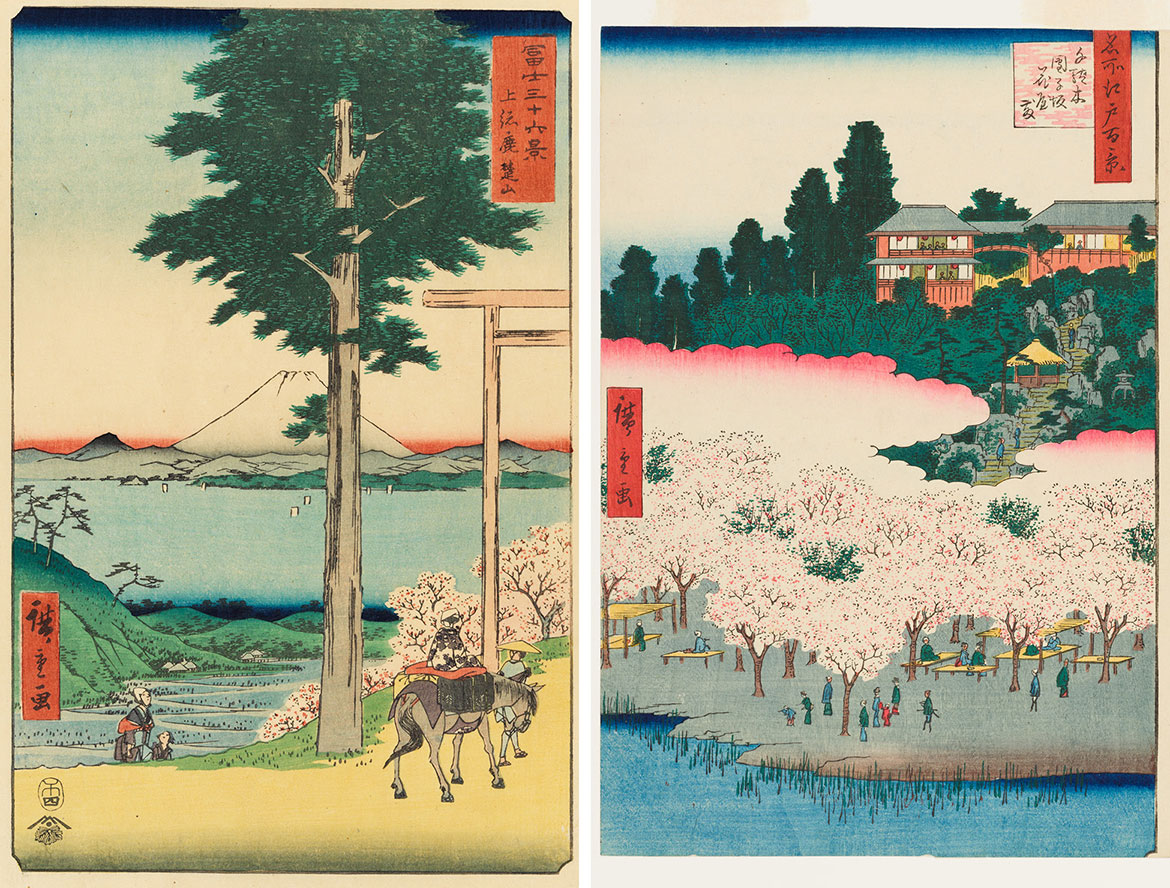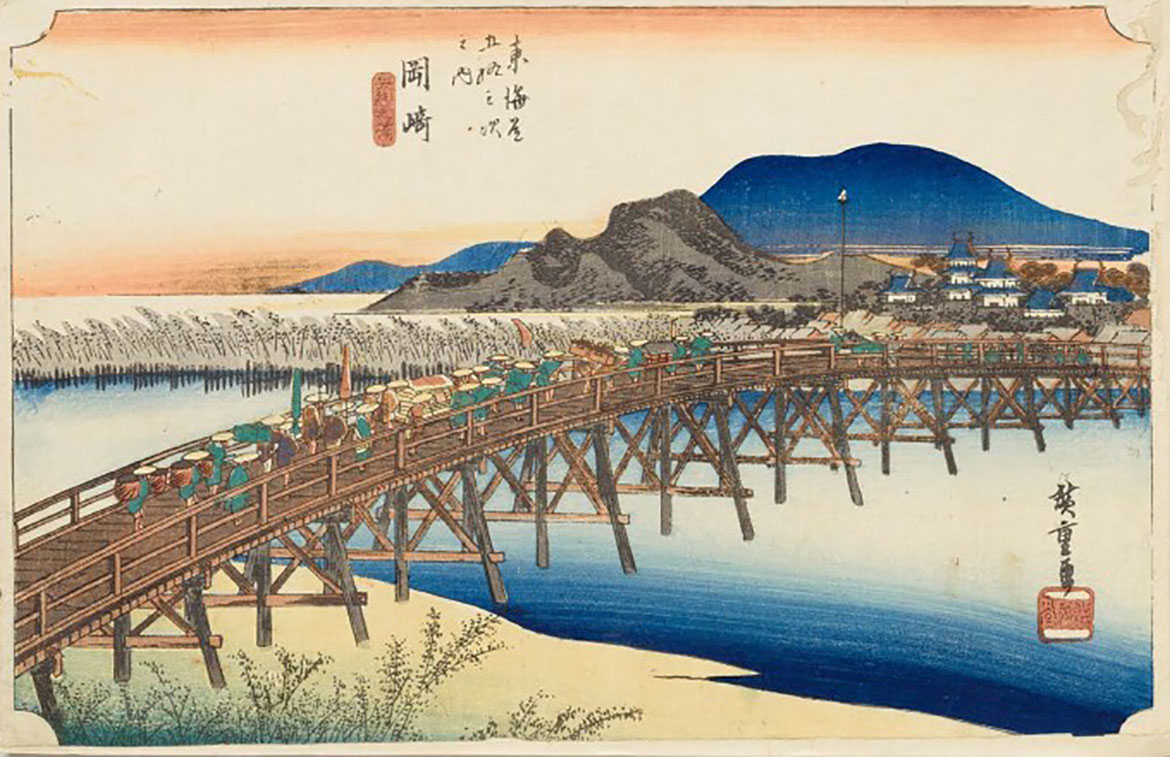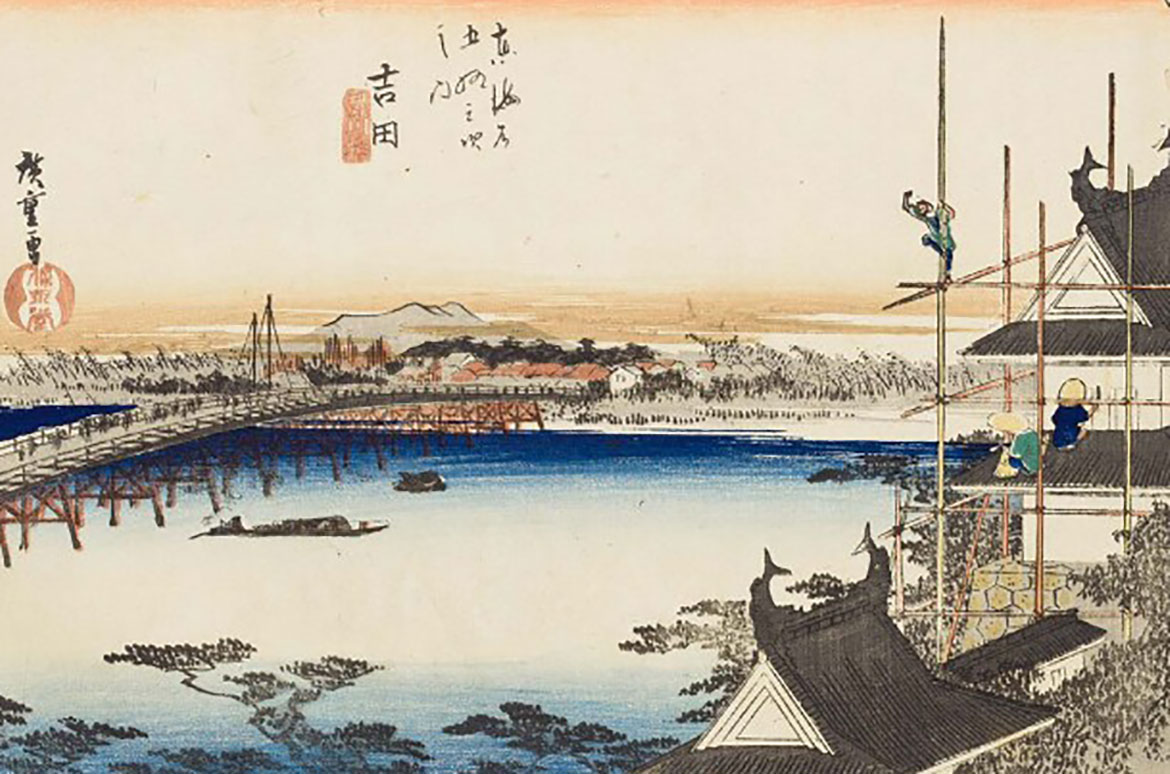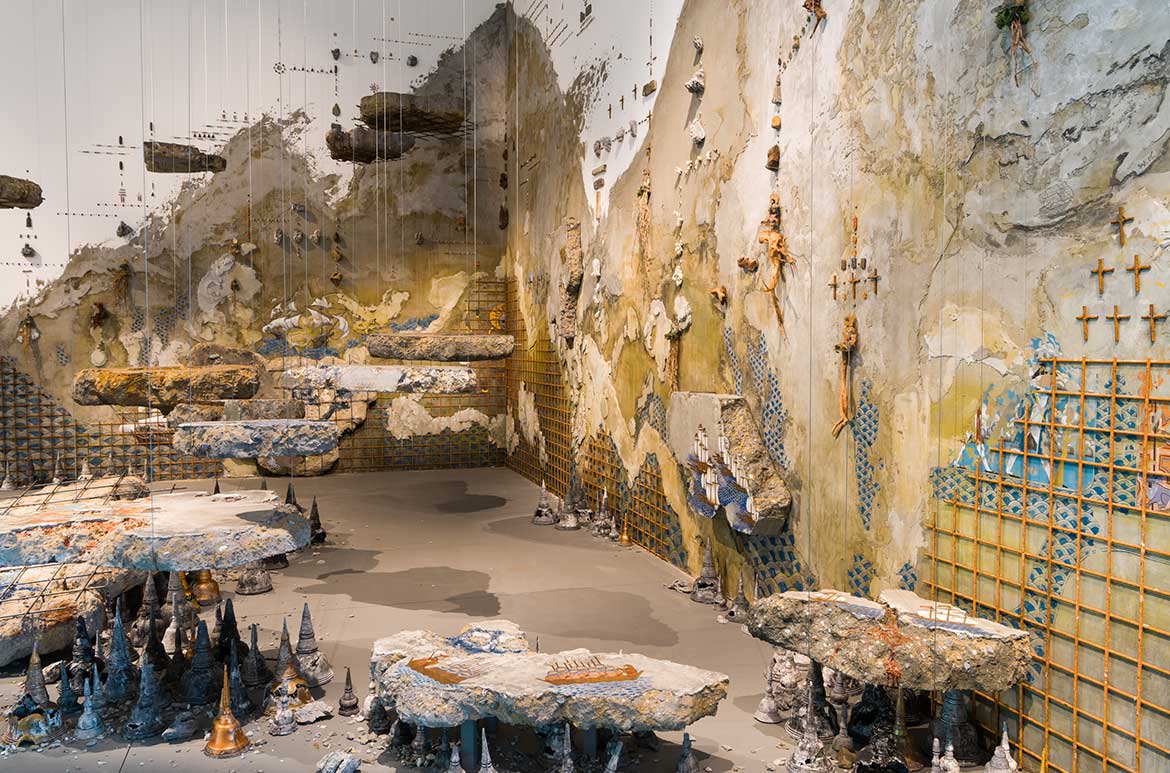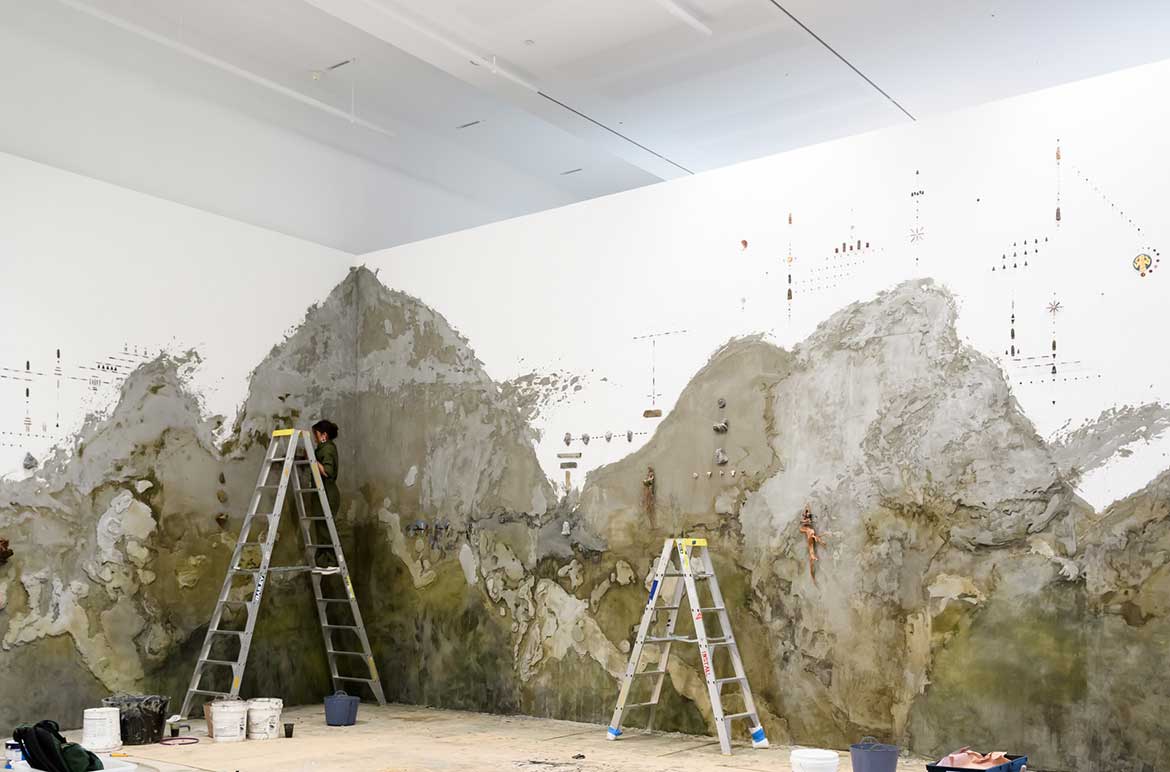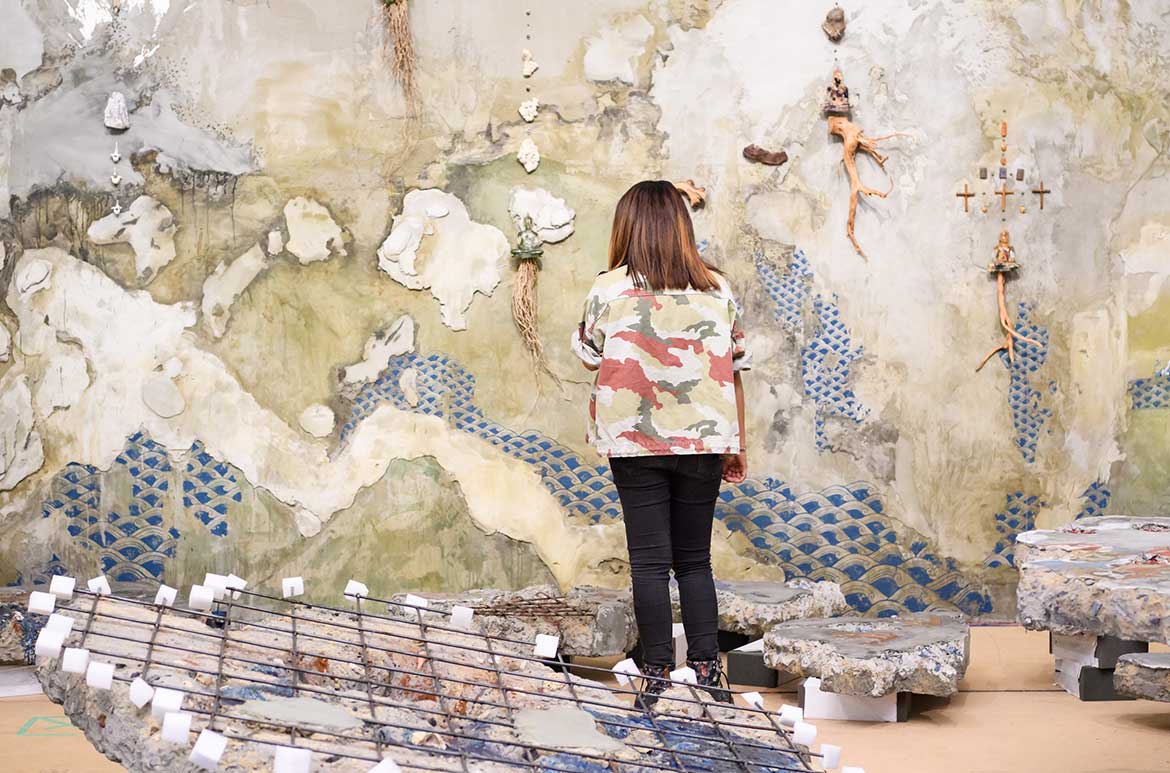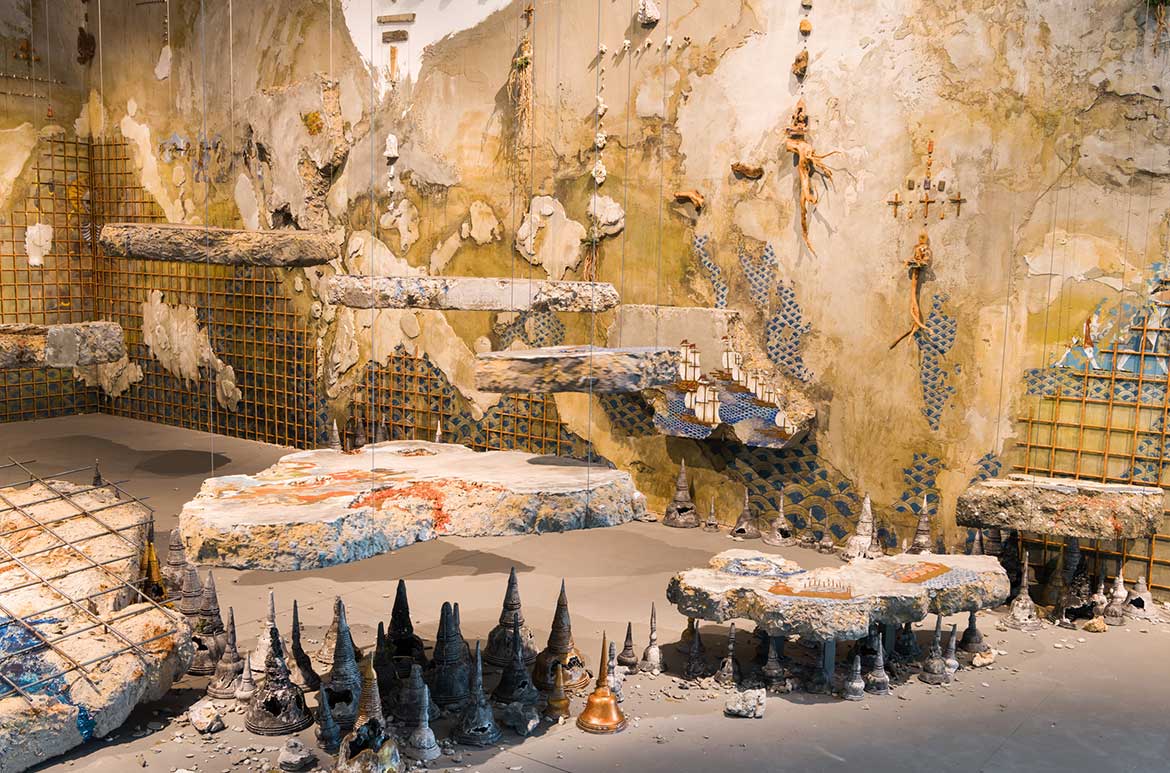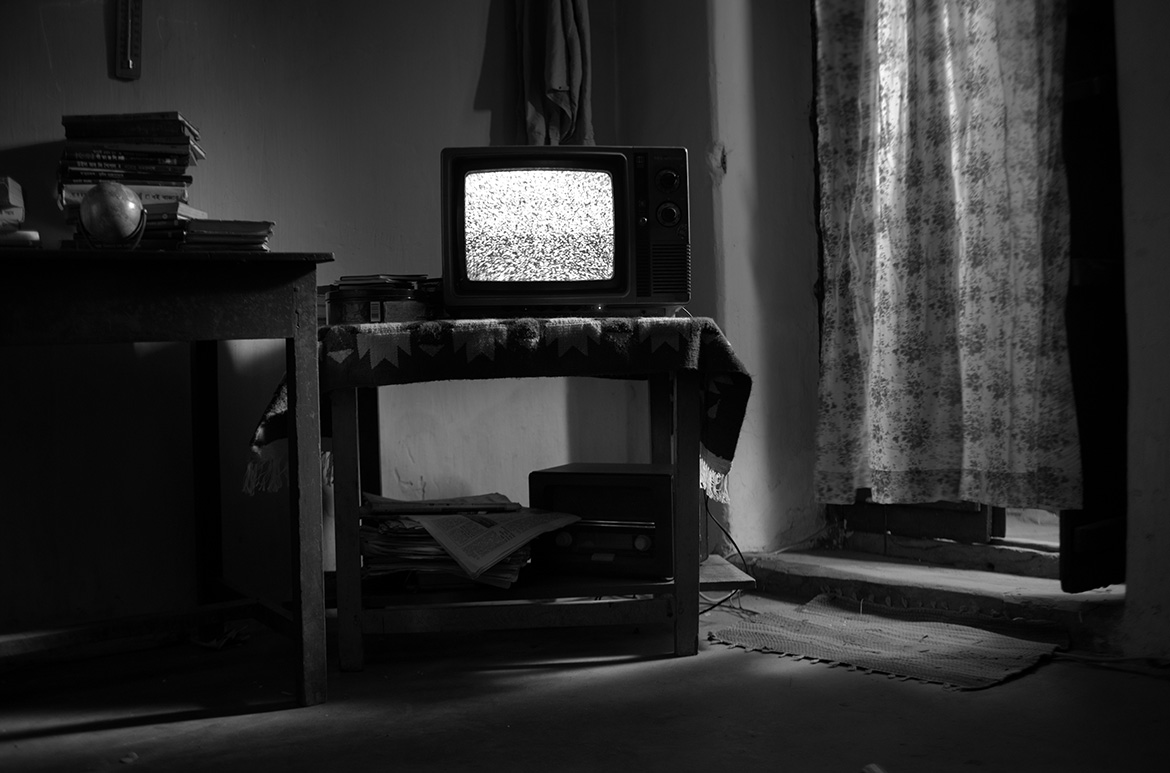Suspended over the Queensland Art Gallery Watermall, installation is underway during ‘The 10th Asia Pacific Triennial of Contemporary Art’ (APT10) for one of the most ambitious contemporary works to emerge from Bangladesh — a collaborative installation by Kamruzzaman Shadhin and the Gidree Bawlee Foundation of Arts, made possible by Metamorphic Foundation.
Over more than 20 years, artist Kamruzzaman Shadhin has developed new possibilities for contemporary art in Bangladesh, centred around the communities of his home village of Balia in the far north-western state of Thakurgaon. In 2001, he established the Gidree Bawlee Foundation of Arts as a catalyst for social inclusivity through collaborative art and cultural projects.1
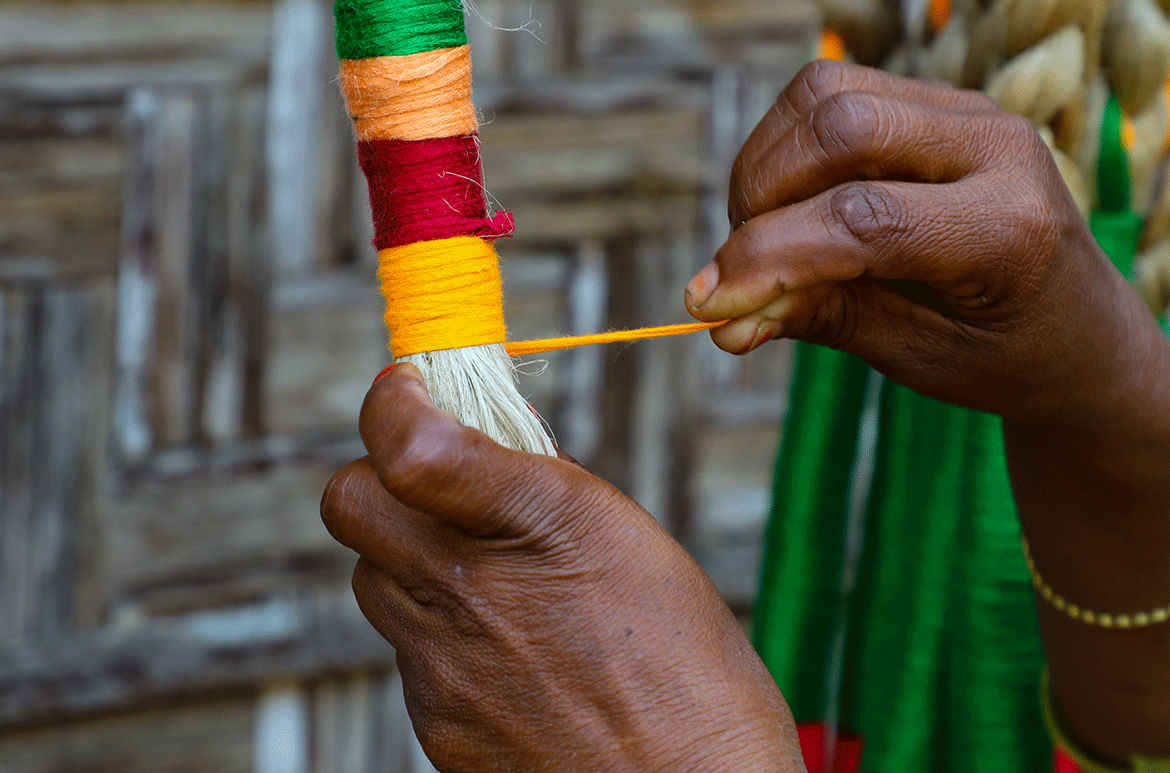

An expansive new version of the installation The Fibrous Souls is a project Kamruzzaman has developed over several years, working with community members and artisans through Gidree Bawlee.2 It explores part of Bengal’s complex and pervasive colonial history through personal stories of movement and displacement. The installation comprises 70 giant shikas — embroidered, reticulated bags typically made of jute strings, which are tied to a beam in the ceiling of houses and used to hold pots and food containers — and articulates how a small part of the community came to settle in the surrounding villages.

The stories that inspired the installation were drawn from families that had followed the route of the railways from what is now Bangladesh into India after the establishment of the Eastern Bengal Railway. Operating under British India rule from 1892–1942, the railway was constructed by the British East India Company for the profiteering trade interests of British India, fuelled by locally produced commodities such as jute, indigo and opium. The domination of these businesses convinced people, such as the ancestors of the Thakurgaon jute makers, to turn away from farming their own lands and work instead in these newly global industries. Families gradually left their homes to follow opportunities along the railway into the state of Assam; however, during the 1947 Partition of India, they found themselves divided from their homes by a new national border, only to be forced back over the border from India into what had become East Pakistan (present-day Bangladesh). They settled along the Brahmaputra River, in the border regions dividing Bengal. As the vast river continually eroded its banks, their plight turned from political to ecological migrancy, slowly moving them westwards until they settled in Thakurgaon.
Working with 13 women hailing from the jute-making families to construct the shikas, and a handful of local craftspeople to create the pots and connecting jute ropes, Kamruzzaman and Gidree Bawlee have constructed a giant hanging system of shikas laid out as the map of the historic Eastern Bengal Railway. From the shikas hang brass, jute and clay storage pots, each symbolising the stations of towns and cities on the railway map — from Kolkata (formerly Calcutta) and Chittagong (officially Chattogram) in the south to Darjeeling and Guwahati in the north — signifying the defining role this piece of colonial infrastructure has played in shaping their lives. As Kamruzzaman states, the installation ‘is an attempt to interweave these historical and cultural strands that seem apparently and innocently disconnected; and connect these to the present-day peasant conditions in Assam and Bengal’.3
Installation ‘The fibrous souls’ 2018–21

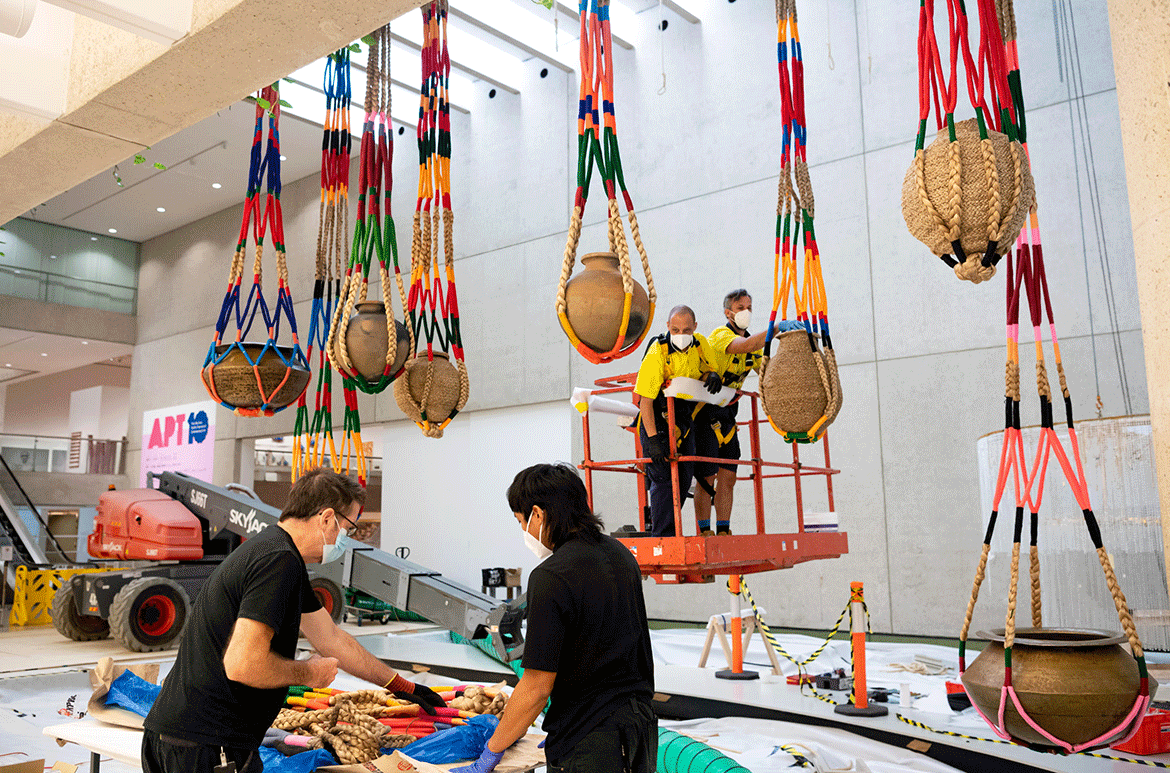
Tarun Nagesh is Curatorial Manager, Asian and Pacific Art, QAGOMA
Endnotes
1 Gidree Bawlee continues to be run by Kamruzzaman Shadhin and Salma Jamal Moushum to develop pathways for cultural and artistic exchange including artist residencies, art workshops, children’s puppet theatre, and supporting crafts industries and cultural festivals.
2 A smaller version of the installation was staged at Seismic Movements: Dhaka Art Summit 2020 and has now been expanded to the ambitious scale originally conceived through the support of APT10 Collection Benefactors Metamorphic Foundation. The project draws together members of communities to explore their own stories and cultural practices, and is a product of the unique approach Kamruzzaman Shadhin and Gidree Bawlee have developed to highlight local and social values in ambitious new forms of contemporary art.
3 See https://kamruzzamanshadhin.com/fibrous-souls-2020/, viewed 25 May 2021.
‘The 10th Asia Pacific Triennial of Contemporary Art’ / 4 December 2021 to 26 April 2022
Featured image: Work in development in Thakurgaon, Bangladesh, for Kamruzzaman Shadhin and Gidree Bawlee’s The fibrous souls 2018-21 / Courtesy: The artists
#APT10QAGOMA #QAGOMA
